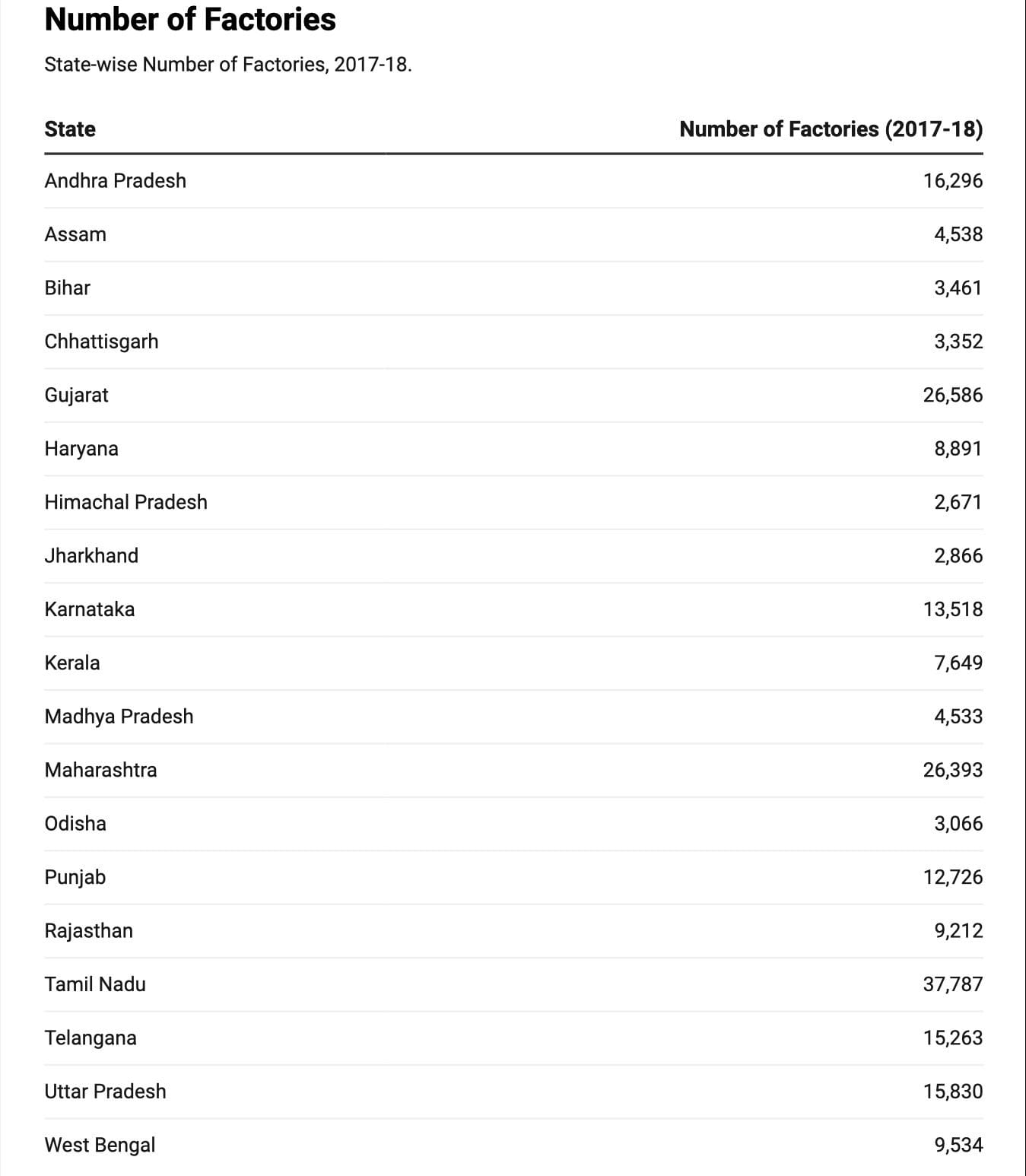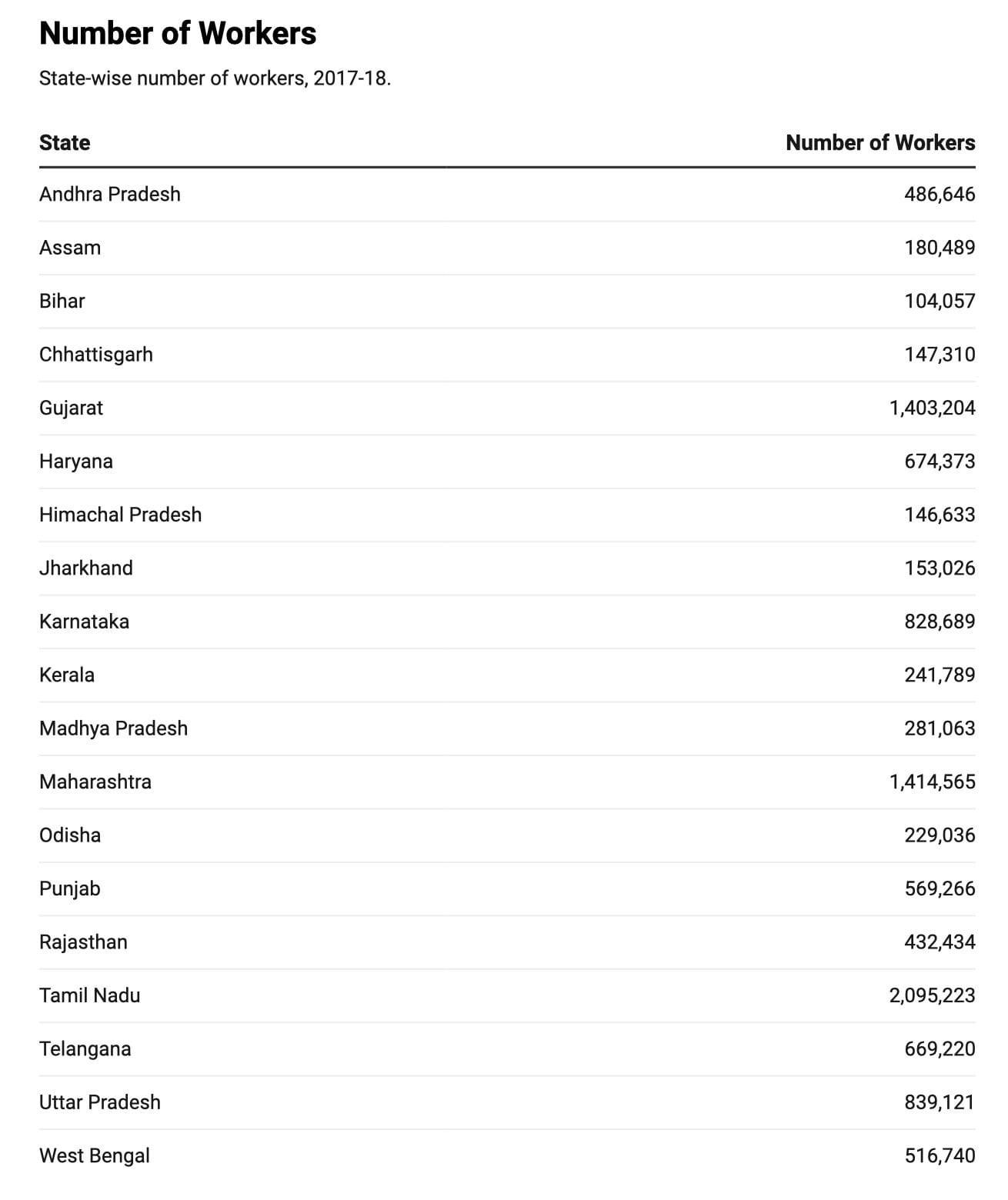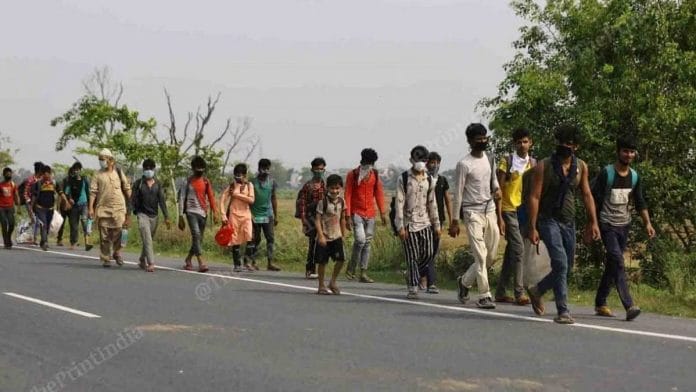Weaponising social media in bad faith is now a tool of choice for political partisans. The latest instance of that ugliness came from several BJP politicians in Bihar as well as the party’s Uttar Pradesh spokesperson who falsely claimed in viral posts that Bihari migrants were being murdered in Tamil Nadu. Elsewhere, two stray murders — neither of which involved Tamils — were similarly falsely attributed to ethnic hatred of Biharis by Tamils. The posts caused panic among the lakhs of migrant workers in Tamil Nadu. The police have registered a case against those spreading disinformation; but as it happens in these cases, disinformation travels fast because it’s designed to appeal to people’s fears and biases. Truth, meanwhile, in all its boring complexity, is hardly forward worthy.
While the political partisans sink to new lows, it’s useful to understand why lakhs of people migrate to southern India from the Hindi heartland, in search of work. Consider the states of Rajasthan, Madhya Pradesh, Bihar, Uttar Pradesh, Chhattisgarh, and Jharkhand. These six states together have a population of about 520 million (52 crore). If they were a country by themselves, they would be the third most populous country. In 2018, these six states combined had about as many factories as Tamil Nadu — a state with a population of 70 million (7 crore). And these factories in Tamil Nadu employ more people than those in all of central and northern India.

Moreover, wages in southern India are significantly higher compared to the rest of the country. That is, if you are a working age person in northern India, the simple probability of you getting a job in the organised sector is low. And even if you do, your wages are likely going to be low. Many people in those states, therefore, do what any rational human being would: go to places where there are more jobs that also pay better. And those places are in southern India.

The complicating factor in this is that the southern states happen to be culturally and linguistically distinct. The migration, therefore, has political consequences as all large scale migrations do. While the local reaction toward these migrants becomes news, the question that all thinking citizens should be asking is: why are there so few factories and so few jobs in north India?
The answer is complex but a simple fact is: factories need human capital and are often set up in places where there is good governance, adherence to the rule of law and, above all, good educational and health outcomes. Tamil Nadu, for example, has a gross enrollment ratio of 84% at the higher secondary level, the highest in the country among large states; Bihar at 29% has the lowest. Tamil Nadu’s infant mortality rate — the most robust health indicator in a developing society — is 15 (infant deaths per 1,000 live births), against Uttar Pradesh’s 41 or Bihar’s 29 as per the Sample Registration System data for 2019.
The political partisans in Bihar and the rest of northern India who are spreading disinformation about mistreatment of migrant labourers in Tamil Nadu would do well to ask their own governments why their states lag their southern counterparts in achieving basic governance. Fixing that takes real work of democratic participation, unlike spreading fake news or hatred for political benefits.
Also read: Tamils and Biharis aren’t fighting. Something else is fuelling the fear and fury
A constant struggle
The corollary in states like Tamil Nadu is: what do these societies owe their northern counterparts? Do they let their factories hire labour from poorer parts of the country and therefore lose their own progress in labour rights and the virtuous cycle of development where better jobs yield even better outcomes for their own society? Or do they resist that at the risk of being viewed as parochial/protectionist? This gets even more complicated when one considers the fact that northern India, by virtue of its demographic might, owns political power in this country; worse, that power is set to expand at the expense of southern India given the looming delimitation crisis.
A visceral instance of that power taking on hegemonic proportions, if one is Tamil, is the implicit and explicit push for Hindi. What frustrates the Tamil is that every few years, they have to fight the same fight with a new Union government that they thought CN Annadurai had won for them. Tamil Nadu’s first chief minister had famously said when there was a move in the 1960s to make Hindi the sole official language of India: “Since every school in India teaches English, why can’t it be our link language? Why do Tamils have to study English for communication with the world and Hindi for communications within India? Do we need a big door for the big dog and a small door for the small dog? I say, let the small dog use the big door too!”
In this day and age, governments need no link language. They can simultaneously translate all official documents into different languages. And governments ought to speak to the people who elect it in their language; that’s the point of a democracy. It’s only people who need languages to communicate among each other. And that, if the migration pattern is any indicator, will happen in the opposite direction of what the government of India seeks.
Yet, if anything, Hindi’s centrality has only accelerated in the past couple of decades. There are exams for central government jobs that are conducted in Hindi/English but not in any other language. There are laws enacted and policies implemented that govern citizens in languages they don’t speak. Laws on taxes, at that! MPs are expected to get permission in advance to speak in the language of their electorate in Parliament. Union Home Minister Amit Shah explicitly sought to replace English with Hindi wherever possible. And the three language formula in schools, implicitly or explicitly, pushes for Hindi to be one of the languages children learn.
When political power and prosperity are juxtaposed across two groups with such stark dichotomy, it’s only natural that both groups act in ways to claim the gold medal in their imagined victimhood olympics. A reasonable compromise then is to not formalise link languages or policy making at the level of 1.3 billion people; instead, decentralise everything in the extreme. Except India has a democracy that incentivises the opposite. It makes for a difficult future that looks bleak if you are imagining it sitting in Chennai.
Nilakantan RS is a data scientist and the author of South vs North: India’s Great Divide. He tweets @puram_politics. Views are personal.
(Edited by Prashant)






